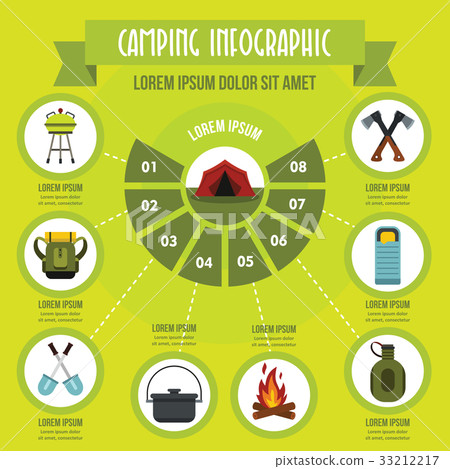The Science Behind Heat Retention In Canvas Tents
Why Every Four-Season Outdoor Tents Needs an Oven JackA double-wall design that's both breathable and water-proof. They can be much more comfy than single-wall tents in wintertime but can be much less spacious and open sights less.
Created to endure high winds and lost snow. They may likewise have thicker posts and additional guylines to boost rigidity.
Whether you're glamping or backpacking, these camping tents can handle a range of winter months conditions. They're suitable for those seeking a comfortable and cozy retreat in the backcountry.
1. Weatherproofing
Lots of outdoors tents feature waterproofing that's increased by polyurethane layers and resilient water repellent (DWR) therapies. Eventually, however, modifications in temperature level and prolonged direct exposure to sunshine can degrade the camping tent's safety coatings. Rejuvenating these with joint sealant or a DWR treatment can help secure your outdoor tents from moisture damage and extend its valuable life.
When packing up your tent, make the effort to meticulously fold and fit each shockcorded pole section right into area. This will certainly prevent unnecessary anxiety that can damage or chip the pole sections and result in architectural troubles when you established camp.
Likewise, use the Leave No Trace principle when choosing camping sites. Pick spots that are free of rocks, yearn cones and various other particles that can penetrate or abrade the outdoor tents flooring and fly. Also consider bringing a footprint, which is a custom-cut ground cloth developed particularly for your camping tent's layout and will certainly shield it from dust, grit, stones and various other sharp things.
2. Ventilation
If you are camping in the Everglades' humidity or Death Valley's heat, you need a tent with good ventilation. Ventilation is an important consider preserving convenience and getting rid of mold and mildew and mold that can make your camping tent pointless.
The air flow system of a four-season camping tent is created to get rid of cozy, damp air and change it with cooler, drier air. This air exchange minimizes condensation by eliminating wetness from the air before it can settle on the walls and ceiling of your tent.
To guarantee your outdoor tents has ample air flow, seek breathable products and flexible vents. Likewise, raise your camping tent slightly off the ground to enhance airflow. Another crucial element of an excellent air flow system is using an oven jack, which offers a safe exit point for your outdoor tents's smoke pipeline to avoid carbon monoxide poisoning.
3. Livability
While a four season outdoor tents might not be the very best choice for ultra-light backpackers, it is important for those planning to camp year-round. Investing in this sort of sanctuary saves money on different arrangements and minimizes gear turnover. It additionally allows you to check out landscapes at different times of year, opening peaceful off-season experiences and stunning winter season terrain.
If you pick a strong and roomy four period camping tent like the KUIU Storm Celebrity 2 or the Samaya 2.0, make certain that it uses crossbody bag sufficient climate defense. This includes a hardy structure, strong poles and textiles created to resist high winds and lost snow. Try to find seams that are double-stitched and finishes like water repellent, mold and mildew & UV resistance finishings that protect your financial investment from the aspects.
Additionally, pick a double-wall style for the very best livingability. Single-wall versions can be waterproof yet have problems with condensation. They can also be also hot for summertime and not well suited to rainfall.
4. Storage
Saving your camping tent in a shaded location secures it from the harsh UV rays of sunshine. Extended direct exposure to these rays can deteriorate and weaken the material over time, making the outdoor tents less sturdy. It's likewise important to on a regular basis check the saved tent for indicators of moisture and intrusive insects.
Storage space tents are usually more convenient to make use of than long-term frameworks because they do not require any type of changes to your building. They also supply the flexibility of relocating them around your outdoor area to resolve different storage space needs.
4-season camping tents are designed to withstand rough weather. They normally feature stiff frameworks to stay steady in high winds and thicker wall surfaces to provide heat versus snow and storm winds. They strike an equilibrium in between crucial functions like climate defense, weight, and indoor room to fit your particular adventure objectives. The NEMO Kunai 2 and Hilleberg Nammatj 2 are both examples of 4-season tents that stabilize climate protection, weight, and livability.
